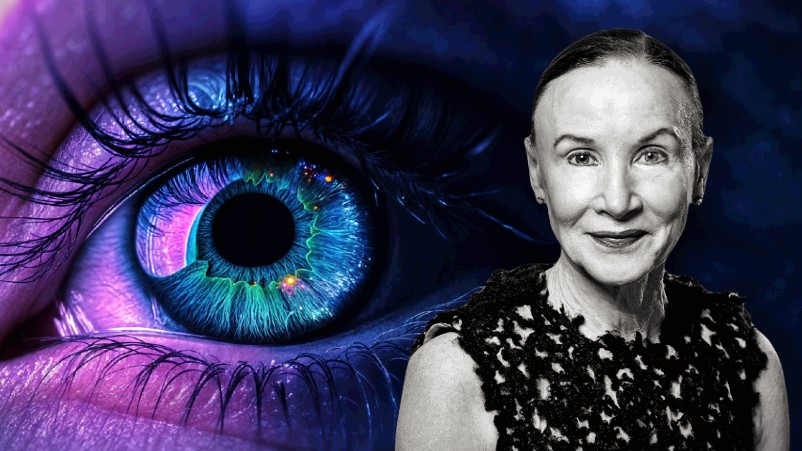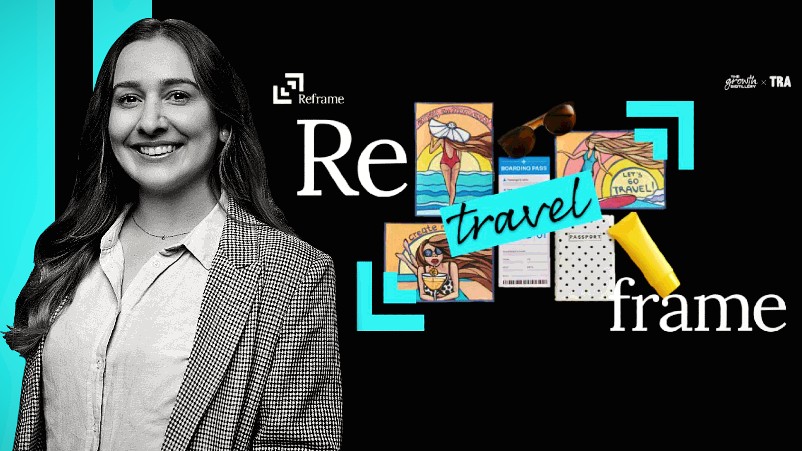IAG acting CMO Zara Curtis says customers increasing, brand investment paying off but stays mum on budget, next CMO; tweaks Ehrenberg Bass’ 95:5 in-market customer rule

Acting CMO Zara Curtis: “Killing stuff, doing one thing really, really well, is kind of my DNA and leadership style, and it's something that I do differently to people who think more is more."
Eight months after IAG’s former CMO Brent Smart announced his departure for Telstra, acting marketing chief Zara Curtis would not be drawn on timing or details of his official replacement but gave some hints on the focus of the business under her watch.
What you need to know:
- Zara Curtis says IAG is holding the line on its long-term strategy to invest in brand, although she would not say whether marketing budgets for 2023 would increase, remain or reduce.
- Nor would she be drawn on questions about who's taking the CMO gig permanently amid industry rumblings.
- "Killing stuff", reducing volumes, noise and complexity was something Curtis says she "does differently to people who think more is more", an approach she has taken to the role so far.
- IAG's in-house agency "has been a really big success story" - the team has increased to 14 people and "many divisions of IAG use the in-housing model, even for internal communications".
It's pretty hard to find [in-market buyers] and talk to them at the right time. If I had a golden ticket answer, I'd be absolutely creaming it.
IAG’s long-standing commitment to brand investment is paying off, says Zara Curtris: policy renewals are sitting at “more than 95 per cent across home and motor over the last six months and we're increasing customer numbers,” she told Mi3. “That really underlines the value and strength of our brand and the investment we've been making over the last five years.”
Similar to her strategy as IAG’s Director of Content & Engagement where she became a “content killer”, reducing volumes and messaging to “the absolute helpful essentials” when many brands were lacking restraint in their content output, Curtis said the compound challenges facing business and consumers required a “laser focus” on simplification.
“Killing stuff, doing one thing really, really well, is kind of my DNA and leadership style, and it's something that I do differently to people who think more is more,” she said.
“There's too many things, too many jobs to be done,” she said. “What are the right jobs to be done at the right time that are really going to shift that dial as opposed to too much in-play and not focusing on where the big wins are and where you can really make a difference in the business," Curtis told Mi3.
"For marketing and our business counterparts in the thick of planning, that's our focus, simplifying the complex: understanding the information we have, bringing it down to a few simple, actionable points, prioritising and focusing on the biggest wins,” she added. “For customers, it’s about making the complex simple at every point – that is key now more than ever. Insurance is not a simple category but that’s something I’ve always tried to do – fewer things really, really well.”
Within a sector where Curtis said at best two per cent of customers are in market to buy insurance at any point in time, the “reduce complexity” strategy applies to always-on brand marketing.
The University of South Australia’s Ehrenberg-Bass Institute and LinkedIn-backed think tank, the B2B Institute, prosecute the 95:5 rule which suggests the vast majority of marketing activity should be focused on priming customers with always-on top and mid-sales funnel messaging in readiness for a purchase rather than overweighting spend in direct response marketing and performance media.
Curtis said for insurance, about 98 per cent of customers are “out of market” which makes the task of performance marketing tactics - right time, right place to land customer acquisition - an enduring nut to crack. “It's pretty hard to find [in-market buyers] and talk to them at the right time. If I had a golden ticket answer, I'd be absolutely creaming it,” she told Mi3.
Curtis would not say whether IAG will maintain or cut marketing spend as economic conditions continue tighten this year, stating only: “Go as hard as you can with the budget you have, make it count, look for efficiencies at every opportunity and push for how you do things better and sometimes do things really differently.”
Nor would she be drawn on IAG’s agency arrangements in which some speculate one of its key partners, Accenture Song’s The Monkeys, has been dialled back or ended.
But Curtis did answer questions about IAG’s hybrid in-house agency, which she started setting up, via CHEP, in 2018. Headcount for the internal team had risen to 14.
“Our in-housing model has been a really big success story, actually, not only for marketing, but for the broader business to bring brand consistency and brand tone to the table in a lot of customer touch points, even for internal communications. Many divisions of IAG use the in-housing model now so that has grown over the last few years. We're also using the in-housing model to pick up the scale of versioning of all of our creative, so it's a hybrid model, but it's working really well.”


